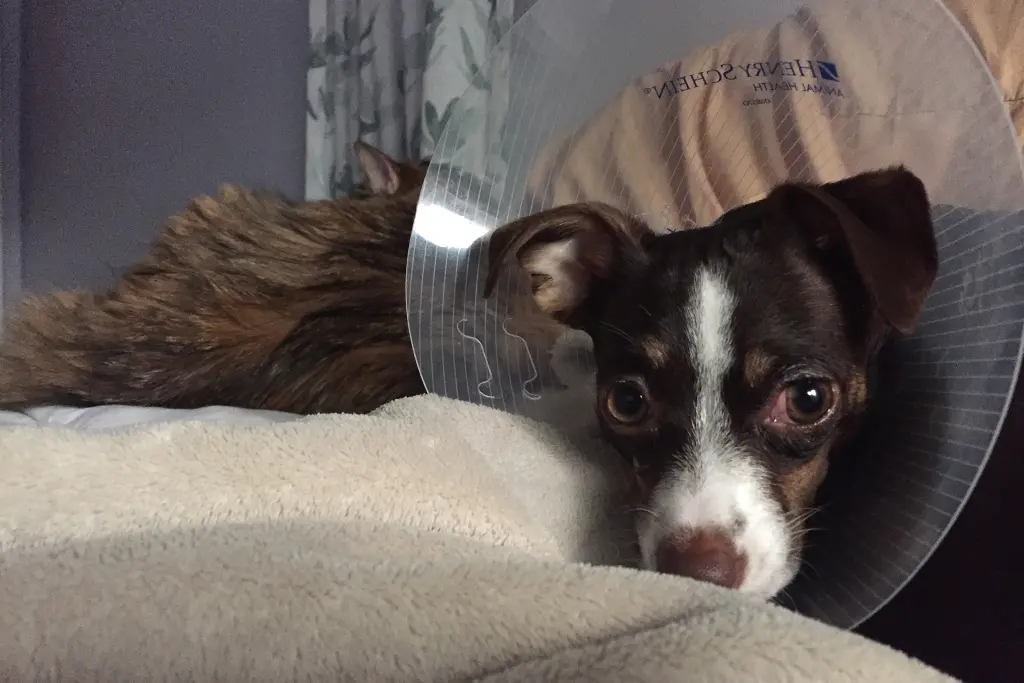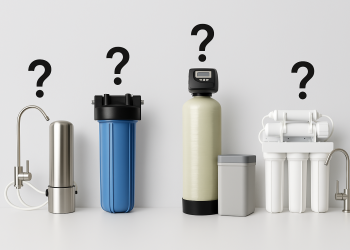Table of Contents
It can be difficult trying to find the right pet insurance plan. With so many different insurance companies out there, it can be overwhelming trying to navigate different plans.
At first glance, it may seem like most pet insurance policies are pretty similar in nature. In reality though, every plan is unique and every company operates differently.
You may be tempted to simply buy the first pet insurance policy you see, just to get it over with. However, this is a very important process that demands your focus.
Remember that the health of your pet is on the line. If something happens to your pet, you want to have the best possible coverage behind you. You want to feel confident that you can get your pet the care they need.
For this reason, it’s absolutely crucial to do your research before committing to a plan. You need to choose a plan that caters toward your pet’s specific needs.
There are more pet insurance options on the market than ever. While it is nice to have an array of choices, it can also be difficult to narrow it down to one. To learn how to compare pet insurance plans online, read our guide below!
Evaluating Price
When looking for pet insurance, a lot of pet owners just want the cheapest plan possible. Yet, the cheapest plan possible is rarely the best plan possible.
Obviously, you want your plan to be priced fairly. However, you have to take into account the quality of their coverage. For instance, if a provider offers coverage on a range of different items including routine services and cosmetic care, a higher premium would be justified.
On the flip side, if a company offers bare-bones coverage that only includes treatment for serious accidents and illnesses, their price should reflect that. Just because a plan is cheaper, doesn’t necessarily mean it’s a better deal.
You also have to consider what benefits they offer besides their coverage. Some insurance companies have a better network of vets than others. Generally, the bigger name brands have connections with more reputable vets and hospitals.
Do some research on what insurance policies the vets in your area accept. Perhaps an insurance company has great coverage and pricing. However, if their insurance isn’t accepted by any local vets that you trust, it’s essentially useless.
You should also take a look at the deductibles and co-pays of each policy. The deductible is the amount of money you have to pay for bills before your provider starts giving you coverage.
On the other hand, the co-pay is the amount of money you have to pay per visit, regardless of your coverage. These values are determined before you purchase your plan.
Quality of Coverage
When comparing different policies, you should also consider the quality of coverage they provide. What services are covered? What exclusions do they have?
Every insurance company covers bills differently. Most plans will give you extensive coverage on treatment related to serious injuries and illnesses. Some plans will also help you pay for routine services like wellness checks, vaccines, and heartworm tests.
Some policies even offer coverage on grooming like declawing and teeth cleaning. Yet, this is pretty rare to find.
Interestingly enough, some plans help you pay for expenses related to your pet’s death, once the time comes. If you plan on having a funeral or cremation, your insurance provider can assist with that.
When looking at plans, check for exclusions. Exclusions are services or products that are not covered by the provider.
Most pet insurance brands exclude treatment related to pre-existing conditions. You may, however, be able to pay for a rider, or a premium add-on, to cover costs related to your pet’s preexisting conditions.
Whatever plan you choose, make sure to read some reviews on them. A myriad of pet insurance reviews can be found online. See what other pet owners are saying about them!
Flexibility
Another factor to think about is how flexible your plan is. Are you allowed to make adjustments to your coverage? Are there any consequences for doing so?
You may sign up for insurance when your pet is young and healthy. If they end up developing issues in the future, you may want to update your policy.
However, some companies will penalize you for changing your coverage. In fact, if your pet develops a condition while under a plan and you change that plan later on, some companies will deem that condition pre-existing moving forward.








